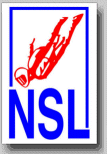
National
Skydiving
League
226 Pecan Street
Deland FL 32724
tel: (386) 801-0804
© 2003 - 2024
All Rights Reserved


226 Pecan Street
Deland FL 32724
tel: (386) 801-0804
© 2003 - 2024
All Rights Reserved

NSL News Coverage of the FAI Indoor World Cup 2024 |

Half-speed judging has already been the topic at many discussions and debates on and off the dropzones for quite a while. It is a very controversial issue for many reasons. The officials at the IPC meetings and at the international competitions have mostly been opposed to the idea of judging competition jumps in a different way so far.
The main reason for this situation is the fact that the IPC has been pushing in the opposite direction for many years. The application of slow-motion judging in the earlier days of Formation Skydiving competition has been a bad memory for judges and IPC officials. It increased the working time for judges and slowed down the posting of the official scores.
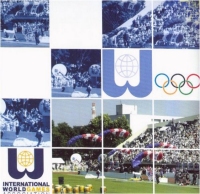
The goals were set when the scoring average was at a significantly lower level, and judging was much easier as it currently is. Windtunnel training as a crucial training tool came into the teams' game plans and increased the performance and scoring level dramatically, especially for the faster sequences.
It became naturally more challenging for the judges and even the top teams and competitors to follow the action in the original speed. It is even more difficult at competitions when there is not much time for many reviews, compared to the situation in training.
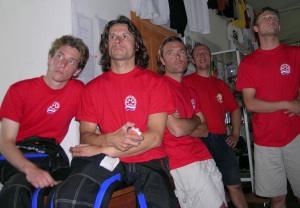
The top teams made it even difficult for themselves when they increased the pace and the performance to a level where it became difficult to evaluate a jump correctly without any technical help. Thus, they also ran away from the current rules how to judge competition jumps in 4-way and 8-way Formation Skydiving.
The matter became even worse, or at least more diffcult, when the IPC changed the penalty rules a few years ago. The previous "2-point bust" turned into a "1-point bust", once again an IPC move targeted at the general public. The goal of this move was to make it easier for the public to understand rules and penalty situations.
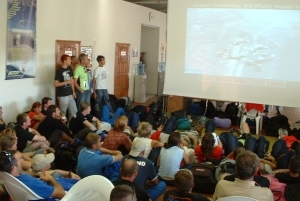
Each competition team could easily conclude that it made much more sense from here on to ignore any flaw or infringement and move on forward. It would take more time and effort to communicate and correct a mistake, compared to just moving on and swallowing the 1-point deduction for a possible infringement - if it was detected.
The combination of the progression of the performance level with the ever-increasing pace in 4-way and the "1-point bust" rule did not come along with a measure by the IPC that would make it easier for the judges and performers to follow the competition action and get as close as possible to a correct evaluation.
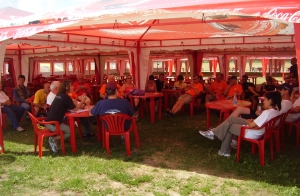
At the same time, there was a psychological reason that kept teams and competitors often from discussing and arguing the judging openly and directly with the officals. The Formation Skydiving competition community meets in a small world, and many of the judges and competitors run into each other regularly. It is important for the teams to maintain a comfortable relationship with the judges of their performance.
However, the increasing number of incidents with disagreement on judging calls brought the top teams and competitors to the point where the issue was taken on at the meetings with IPC officials. France went a step further and presented a proposal for half-speed judging, as the above mentioned NSL News story reported.
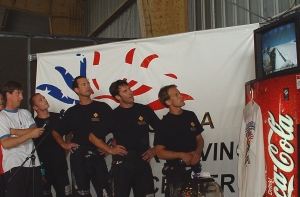
Fears of judges and IPC officials came to the surface that the judging process would once again be slowed down to the unacceptable pace of years in the past. It was apparently not communicated very well between both sides that half-speed judging would not slow down the judging process at all, if the rules were changed accordingly.
There is technically no time difference between three viewings in original speed (3 x 35 seconds = 105 seconds) compared to one viewing in original speed and one additional viewing in half-speed (35 seconds + 70 seconds = 105 seconds). The judges would be done with their work at the same time, and the scores would be posted without extra delay.
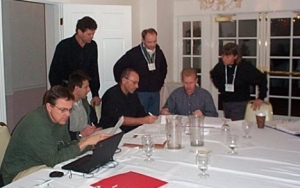
The whole topic will be discussed on January 22 - 27 in Paris, France. It is important for the IPC officials to receive feedback directly from the Formation Skydiving community. The IPC delegates of each country usually collect feedback from their own following and forward it to IPC's Formation Skydiving committee before and at the annual meeting.
However, the committee's chair, Fiona McEachern from Australia, is always open to comments directly from the field and can be contacted by e-mail.